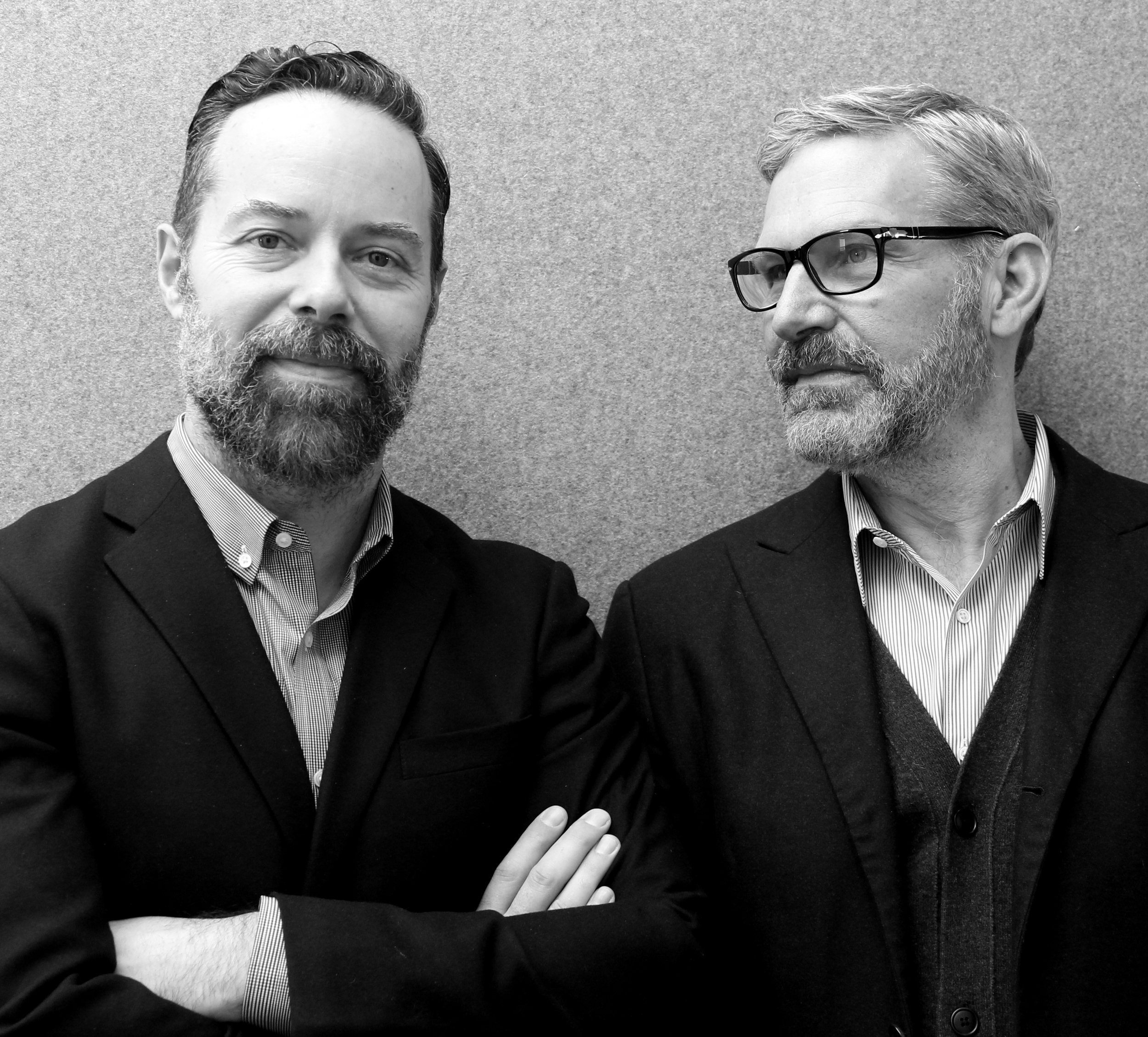Daniel Sachs brings to interior design the seriousness of both creator and curator. A graduate of the Cooper Union for the Advancement of Science and Art, Sachs studied sculpture and photography in the late 1970s, an era Minimalist, even austere. This education, anchored primarily in the principles of the Bauhaus, lent Sachs a rational aesthetic which his own later studies in the history of architecture, design and the decorative arts would expand to embrace the more ornamental styles of earlier eras. His aim, whatever the artifacts, is always the house and interior as totalized work of art, one in which structure, plan and function, beautifully conceived, are a platform for all history has to offer, controlled and refined by his original eye. For Sachs, an exalted moment of the design process is the selection and display of works of art, through a prodigious, often personal knowledge of art and artists.
Kevin Lindores received his architectural degree from Carleton University, Ottawa, continuing his studies at the Southern California Institute of Architecture. As an undergraduate, Lindores wrote about the architecture of houses of the late 19th and early 20th centuries, with a particular passion for the buildings of Adolf Loos, Edwin Lutyens and McKim, Meade & White, all architects whose work departed from the 19th century while retaining respect for its richness and ornament. Lindores hews distinctive architectural spaces from the ordinary, often transforming buildings from the outside in. It is no surprise that the firm’s practice now includes the design of free-standing buildings, all of them shaped by Lindores’ vision.
Sachs and Lindores met while both working for Frank Gehry in Los Angeles, bringing the architect’s designs for furniture and sculpture to realization. In 2000 they began working in New York on residential projects which frequently involve major architectural alteration of existing buildings and apartments. In 2011 they won the prestigious Palladio Award for design and execution of their first ground-up building, a Shingle Style-inspired house in Portsmouth, Rhode Island. While referencing an historical style, the house nevertheless breaks new architectural ground: its organization both of interior spaces and facades is original, a complex chiaroscuro of vast windows and walls, brick or shingled.
Lindores’ architectural interventions—whether for a free-standing building or a renovation-- are characterized by a concern for the unexpected in scale and proportion, darkness and light. Into these thoughtful spaces, Sachs brings an encyclopedic knowledge of furniture, detail, decoration and fine art, seeking always to unify these surface elements with the bones of the building as articulated by Lindores. This basic collaboration involves constant communication and exchange of visual ideas, always with an overarching concern for architecture and client.
From the fanciful Fornasetti entry hall of a Fifth Avenue apartment, to a rough-hewn bench in their Catskills cabin, Sachs and Lindores find in every project the potential for excellence of conception and execution. They celebrate the designs of all eras, distilling new pleasures from the past while learning from the ingenuity of their contemporaries.
In describing their aspirations, Sachs and Lindores cite the first words of the Bauhaus Manifesto of 1919: “The ultimate aim of all visual arts is the complete building! To embellish buildings was once the noblest function of the fine arts; they were the indispensable components of great architecture.”
From building to embellishing, Sachs Lindores channel the client’s vision for their life into the four walls of a habitation, at its best so wondrous: inviting and engaging, ornamented or plain--or both, as the case may be.

